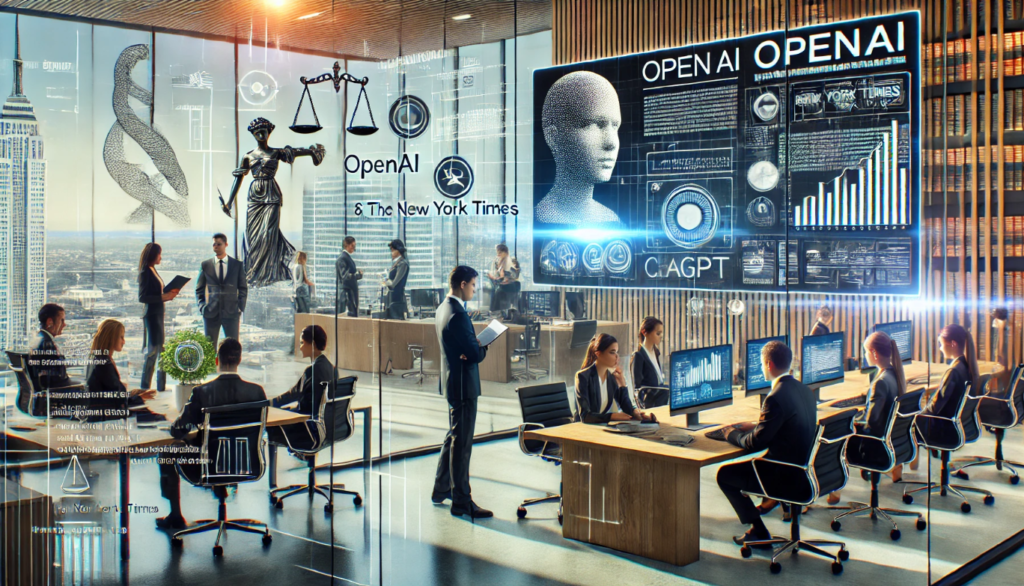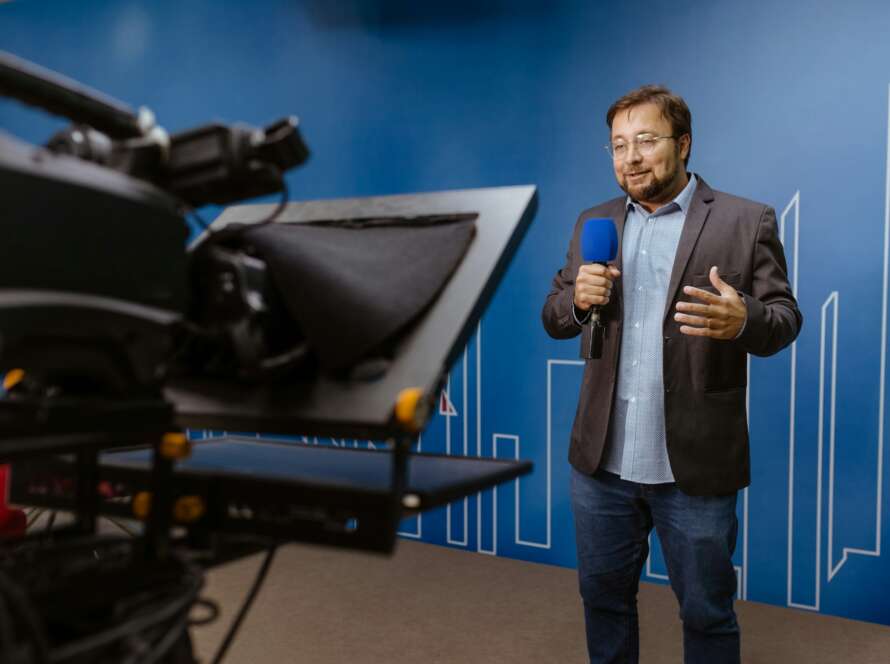In a significant legal battle that has captured the attention of the tech industry, OpenAI is challenging a lawsuit filed by The New York Times (NYT) over the use of its content in training the widely popular AI model, ChatGPT. The lawsuit has raised critical questions about copyright, the use of AI in content generation, and the future of artificial intelligence.
Background of the Lawsuit
The New York Times filed a lawsuit against OpenAI, alleging that the AI company used its copyrighted articles without permission to train ChatGPT. The lawsuit claims that OpenAI violated copyright laws by incorporating the Times’ content into its training data, allowing ChatGPT to generate summaries, answer questions, and produce content based on NYT articles.
The lawsuit is not just about copyright infringement; it also touches on broader issues of data usage, the ethical implications of AI, and the commercial impact on traditional media. The Times argues that by using its content, OpenAI is unfairly benefiting from the labor and intellectual property of journalists and content creators.
OpenAI's Response
In response to the lawsuit, OpenAI has filed a motion to dismiss the case, arguing that the use of publicly available content for training an AI model falls under fair use. OpenAI contends that the training process involves large-scale data aggregation and transformation, which does not directly replicate or compete with the original content. The AI company argues that the resulting outputs from ChatGPT are transformative in nature, as they do not reproduce the original articles verbatim but instead generate new, unique text based on patterns learned from the data.
OpenAI’s legal team has emphasized that the AI does not store or regurgitate specific pieces of content, but rather, it learns language patterns from the aggregated data. They argue that this process is analogous to a human learning from reading newspapers and then using that knowledge to write an original piece.

The Fair Use Debate
The crux of the case lies in the interpretation of “fair use.” Fair use is a legal doctrine that allows limited use of copyrighted material without the permission of the copyright holder, typically for purposes such as commentary, criticism, news reporting, teaching, and research. OpenAI claims that its use of NYT’s content is transformative and serves a different purpose than the original articles, thus qualifying as fair use.
The NYT, on the other hand, argues that the scale at which OpenAI has used its content goes beyond what could reasonably be considered fair use. They contend that the AI’s ability to generate text that mimics the style and substance of original journalism could potentially undermine the value of the original works and hurt the media industry.
This legal battle is not just about the specifics of the case but also about setting a precedent for how AI technologies can use existing content. The outcome of this case could have far-reaching implications for AI developers, content creators, and the tech industry at large.
Implications for the Tech and Media Industries
If the court sides with The New York Times, it could impose significant restrictions on how AI models are trained, potentially requiring AI companies to seek licenses or pay for the use of copyrighted content. This could raise the cost of developing AI technologies and slow down innovation in the field.
On the other hand, if OpenAI prevails, it could set a precedent that allows for more flexibility in using publicly available content to train AI models. This outcome could encourage further development and deployment of AI technologies, but it might also exacerbate concerns about the impact of AI on traditional media and content creators.
The case also highlights the growing tension between technology companies and media organizations, as AI-driven tools like ChatGPT increasingly encroach on domains traditionally dominated by human professionals. Journalists, writers, and other content creators are concerned about the potential for AI to devalue their work and reduce the demand for human-generated content.
The Road Ahead
As the legal battle unfolds, it will be closely watched by stakeholders across various industries. The case will likely influence future regulations and policies regarding AI, copyright, and content usage. Both sides of the argument have valid concerns, and the outcome will need to balance the interests of innovation with the protection of intellectual property.
Regardless of the outcome, the lawsuit underscores the need for clearer guidelines and ethical standards in the use of AI technologies. As AI continues to advance, society must grapple with complex questions about the role of artificial intelligence in creative and intellectual pursuits.
Conclusion
The lawsuit between The New York Times and OpenAI is a landmark case that could redefine the boundaries of fair use in the age of AI. The case raises important questions about the rights of content creators, the responsibilities of AI developers, and the future of media in a rapidly changing technological landscape. As the world watches, the outcome of this legal battle will likely shape the future of AI and its relationship with traditional content creation.



